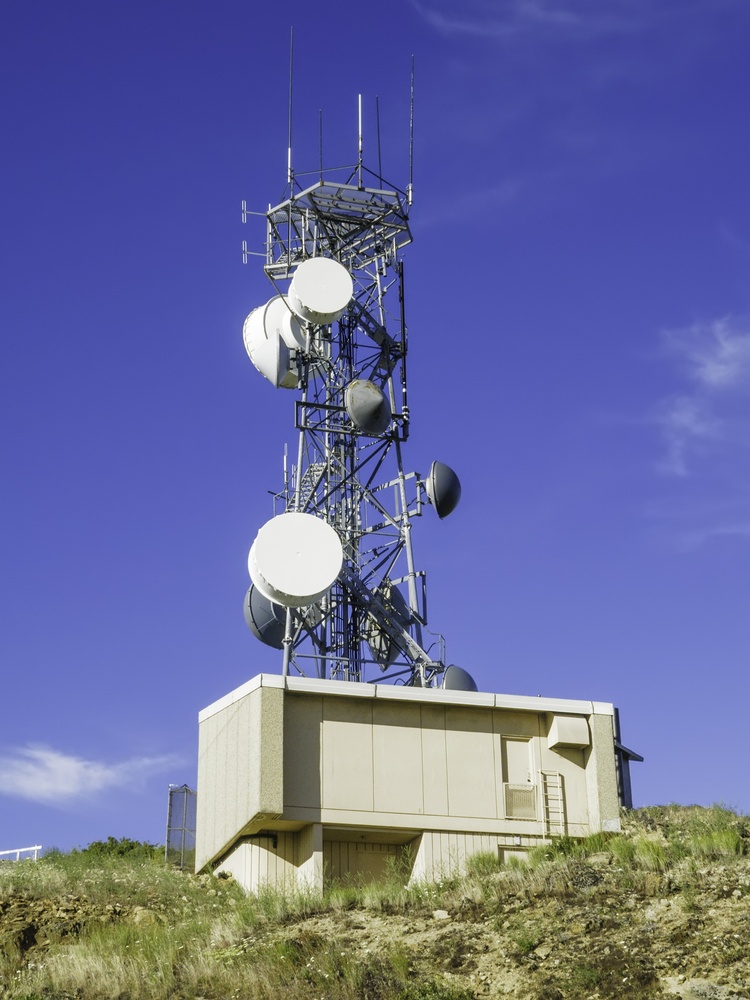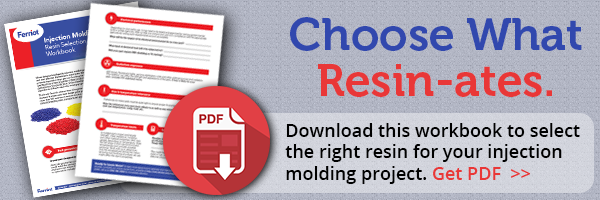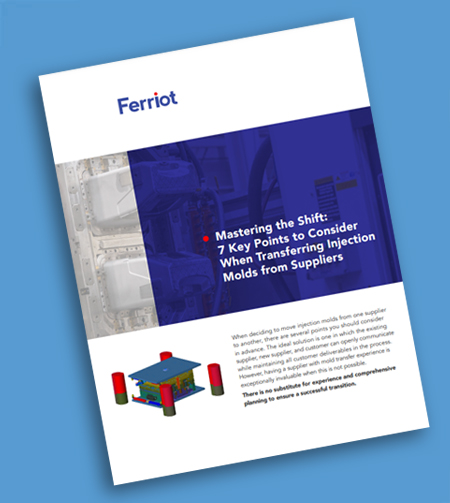 Today, so many different parts are being injection molded. These parts include laptop and mobile phone cases, medical and military electronic components, and a variety of other materials across industrial, consumer and specialty markets. Because of this, EMI and RFI shielding is becoming increasingly important.
Today, so many different parts are being injection molded. These parts include laptop and mobile phone cases, medical and military electronic components, and a variety of other materials across industrial, consumer and specialty markets. Because of this, EMI and RFI shielding is becoming increasingly important.
Proper shielding for injection molded component parts is necessary to meet regulatory requirements as well as ensure continued, reliable performance.
Plastic parts are non-conductive. As such, they are not able to provide any sort of shielding on their own. This shielding works both ways. First, it prevents EM and RF from being emitted from devices housed within the injection molded cases. The shielding will also prevent outside waves from penetrating and interfering with the device’s operation.
What are the Differences Between EMI and RFI?
 Sometimes there is confusion over what is needed for a specific part or component. The reality is that the terms—to an extent—are so similar that they can be interchangeable, but there is a difference to note.
Sometimes there is confusion over what is needed for a specific part or component. The reality is that the terms—to an extent—are so similar that they can be interchangeable, but there is a difference to note.
EMI stands for electromagnetic interference. EMI is defined as an electrical or electronic disturbance. This can be a naturally occurring phenomenon or something man-made. This disturbance is going to cause undesirable effects such as interruption or degradation of service.
RFI is short for radio frequency interference. The specific difference has a lot to do with the frequency at which electrical distortions fall between. So, all RFI is EMI, but not all EMI is RFI. RFI can be found at any frequency shared by radio transmission ranges—typically more than 1kHz to 10 GHz. Conducted RFI is usually going to be at the lower end of the spectrum, or, less than 30 MHz.
How Common a Problem is This?
Virtually everything with an electrical signal causes some level of EMI or RFI interference. Fluorescent lights, radios, microprocessors, electric switches, networking equipment, phone lines, power cords, headphones, wireless devices, speakers and so much more. The problem used to be a lot more recognizable until we began working with different frequencies, power levels and better shielding.
If you set something near your television or laptop and see the screen dim, flicker, or otherwise distort, that is an example of EMI/RFI interference. Another example could be if you are having poor Internet connection speeds and you move the physical location of your router and the speed gets better—this is caused by a form of EMI/RFI. Static on a mobile call? It’s very likely the same problem. There are many common examples we all experience in our everyday lives.
How Can Plastic Become Conductive?
There are some plastics that can be made condusctive with certain additives included. This is, however, very costly and therefore limited in use. Typically, plastic itself is not conductive. Because it’s not conductive, plastic cannot provide EMI / RFI shielding to prevent interference with your device or prevent your device from causing interference.
Conductive coatings solve this problem by adding shielding to injection molded components. This method has been in use for more than two decades and has consistently proven to be a reliable and cost effective means of shielding plastic parts. Conductive coatings are also favored for their lack of volume utilization within the unit.
Three key factors to consider when designing a part that will need EMI / RFI shielding are resin selection, mechanical/functional design and specific shielding requirements. Either the entire part or selective portion(s) of the part can be plated.
Electroless Plating
One of the first methods for adding conductive coatings for shielding is called electroless plating. Electroless plating is used to deposit thin metal coatings, from 0.00004” (1.0 µm) to 0.0005” (12.5 µm). Parts will go through a process that includes a chemical etching (to make the part rough) and an activation step which deposits a catalyst onto the surface to prepare them for being covered (or plated) with a layer of copper. Overall, the material properties of the resins remain unchanged; only the surface layer of the parts are being affected in this process.
This method provides a uniform thickness for the copper layer on the part. This includes part recesses and holes. Some applications will require applying additional copper on top of the initial layer, which will enhance the shielding’s effectiveness. The copper can then be plated with tin, gold, or nickel for environmental, electrical, mechanical, or cosmetic reasons.
Electrolytic Plating
Electrolytic plating—also known as electroplating—is for applications where thicker conductive coatings are necessary. This process applies metals at a thickness between 0.0002” (5.0 µm) to 0.003” (75 µm) or more. Electroplating comes after electroless plating when enhancing a part’s RFI shielding, providing additional metals over the initial copper layer(s). These metals include chrome, copper, gold, nickel, silver and tin.
Electrolytic plating is a different process that costs less and takes less time than electroless plating. The trade-off is that the application is based on line-of-sight and allows for a wider variation of the metal application to the injection molded part.
Selecting the Right Resin for EMI / RFI Shielding
One of the earliest and most important decisions you will need to make during the engineering stage is deciding which resin to use for a part that needs to be EMI shielded. The resins that are capable of undergoing this process are referred to as plateable resins. Other resins are called non-plateable resins. However, even non-plateable resins can go through an RFI shield plating process if they are mixed through a custom engineered resin process first.
Resins commonly selected for plating include:
- Acrylonitrile Butadiene Styrene (ABS)
- Nylon
- PC/ABS Blend
- PC/PBT
- Poly Aryl Amide
- Polybutylene Terephthalate (PBT)
- Polycarbonate (PC)
- Polyether Imide (PEI)
- Polyphenylene Oxide (PPO)
- Polyphthalamide (PPA)
- Polyphthalamide (PPA)
- Polystyrene (PS)
Resins that are difficult to plate include:
- Liquid Crystal Polymer
- PEEK
- Polyethylene
- Polyimide
- Polypropylene
- Teflon (PTFE)
For help with the design and manufacturing requirements of injection molded parts that need EMI / RFI shielding, contact the specialists at Ferriot today.




